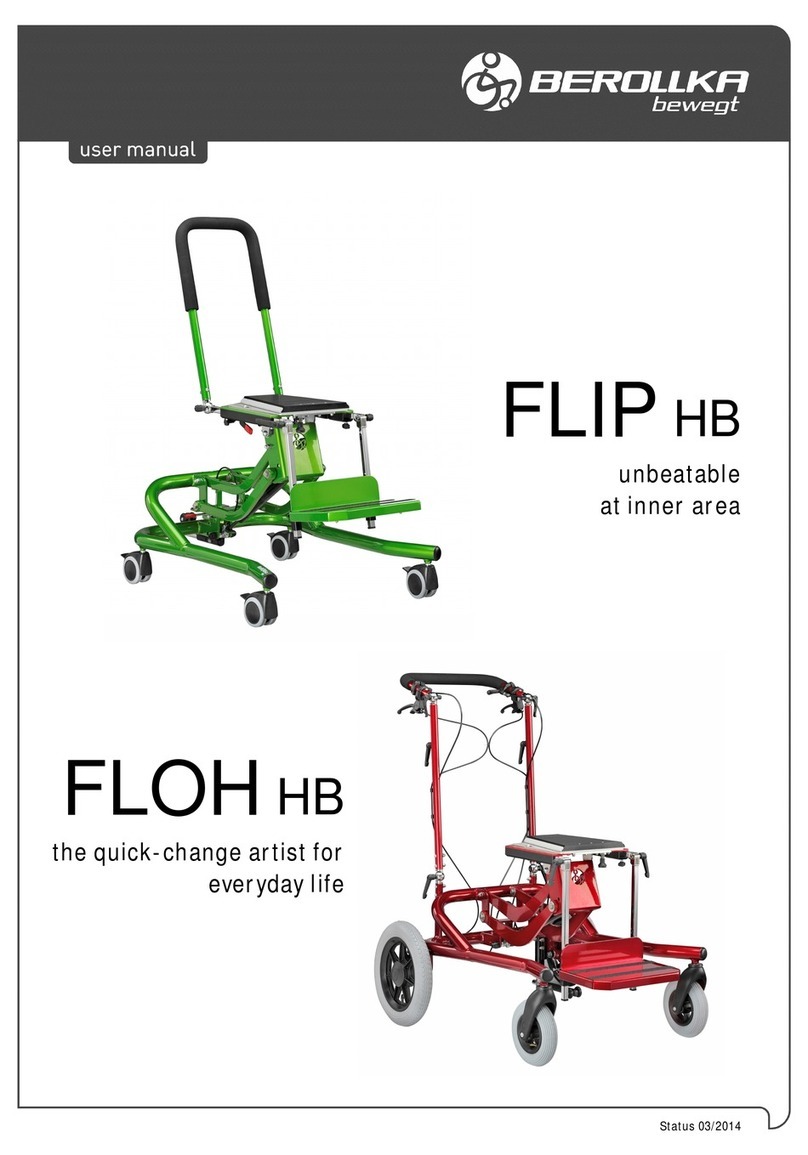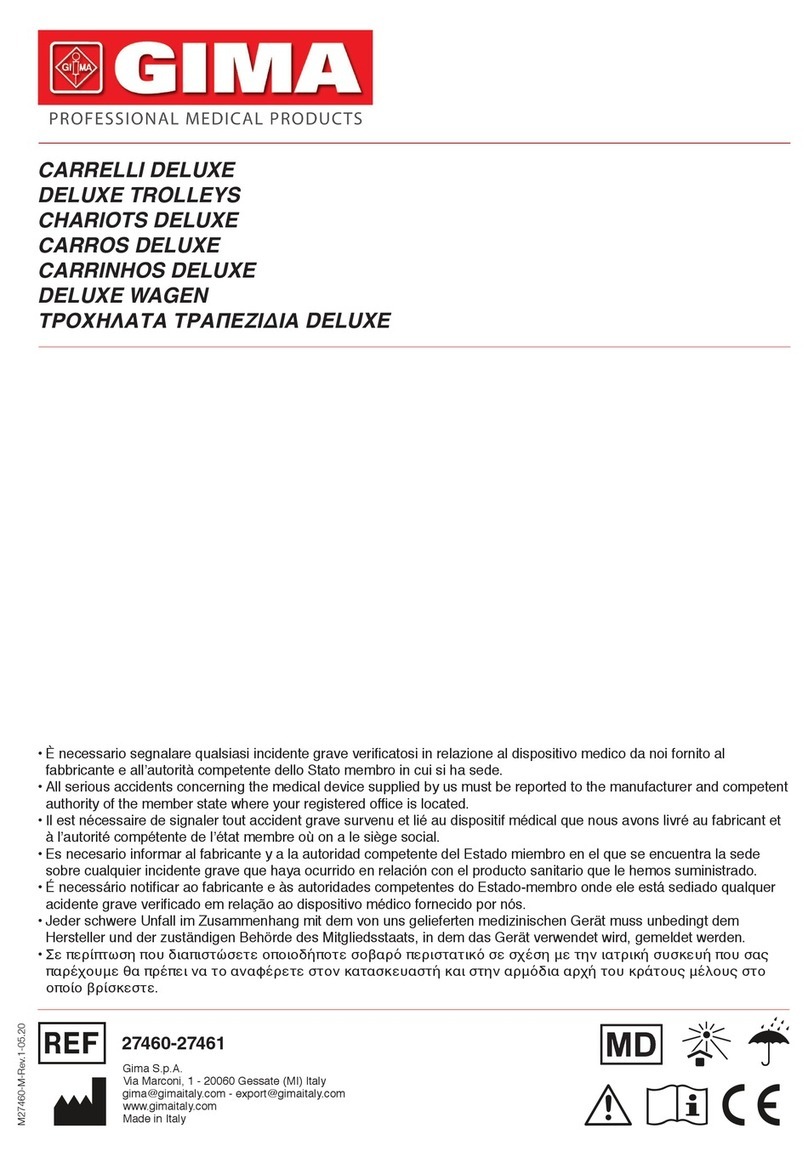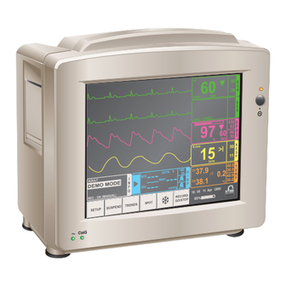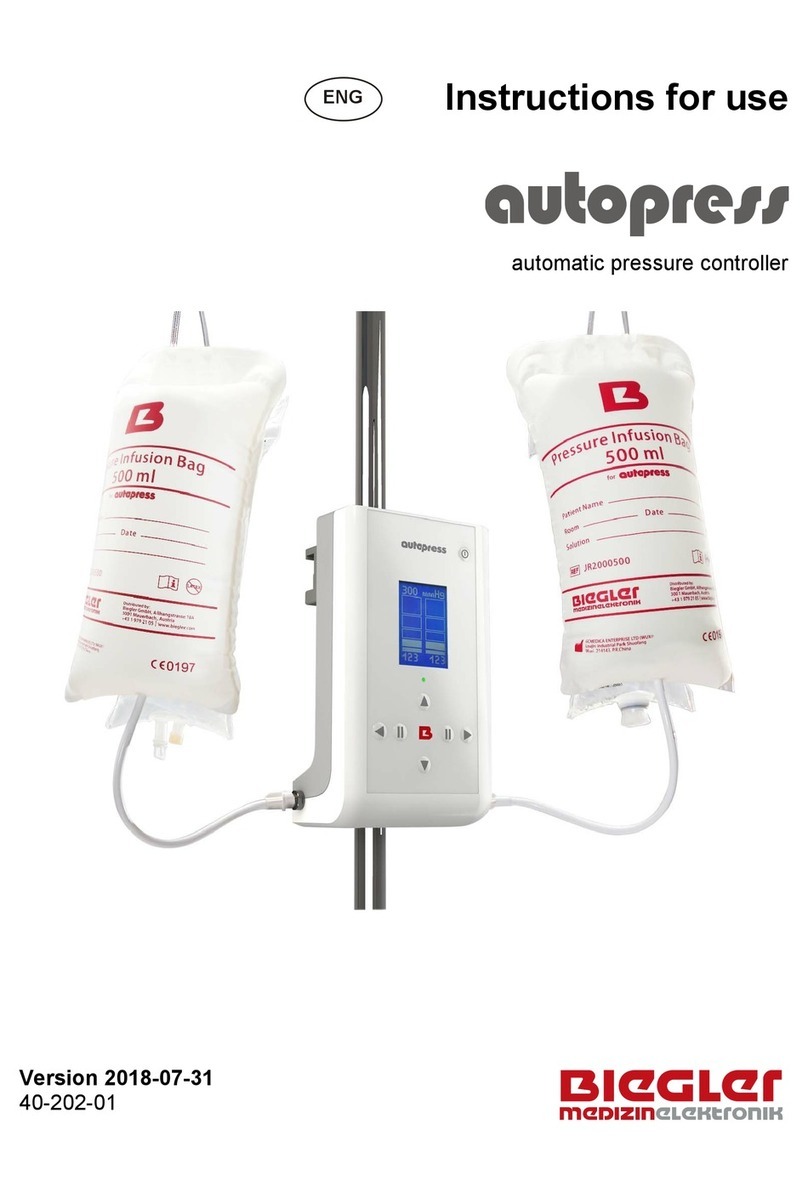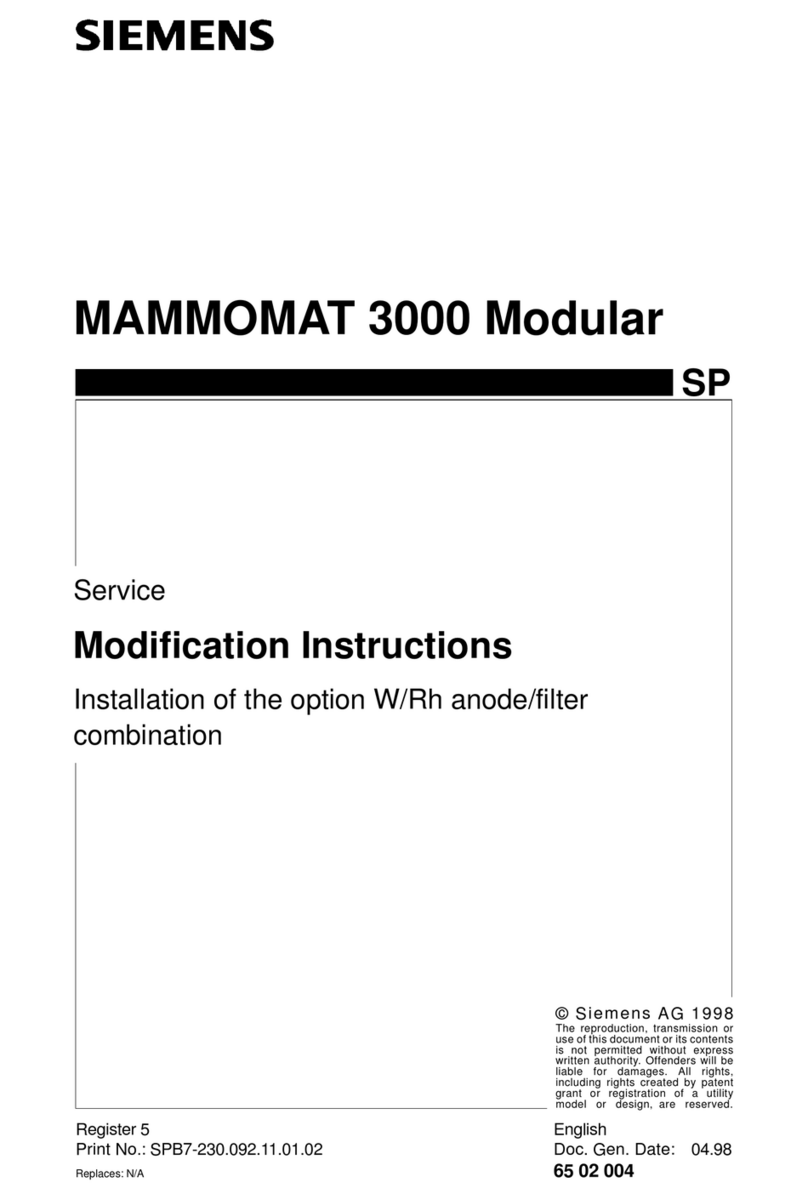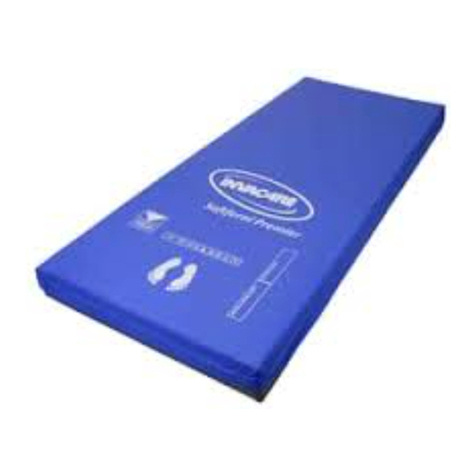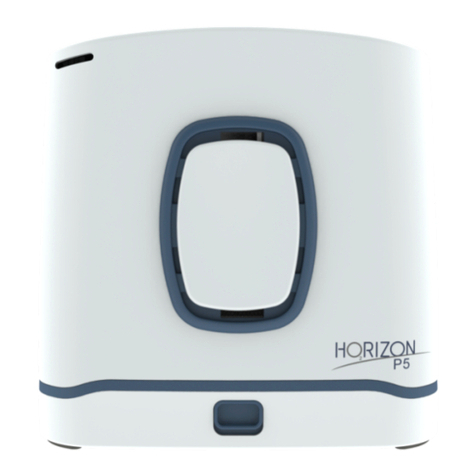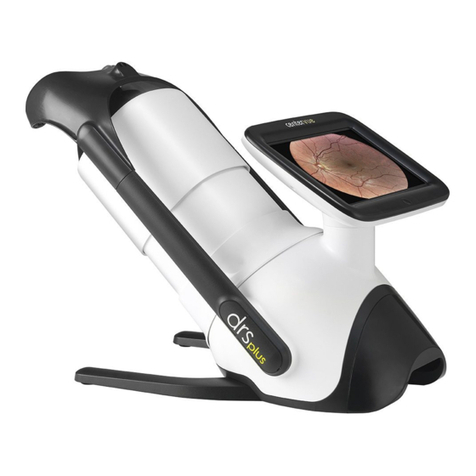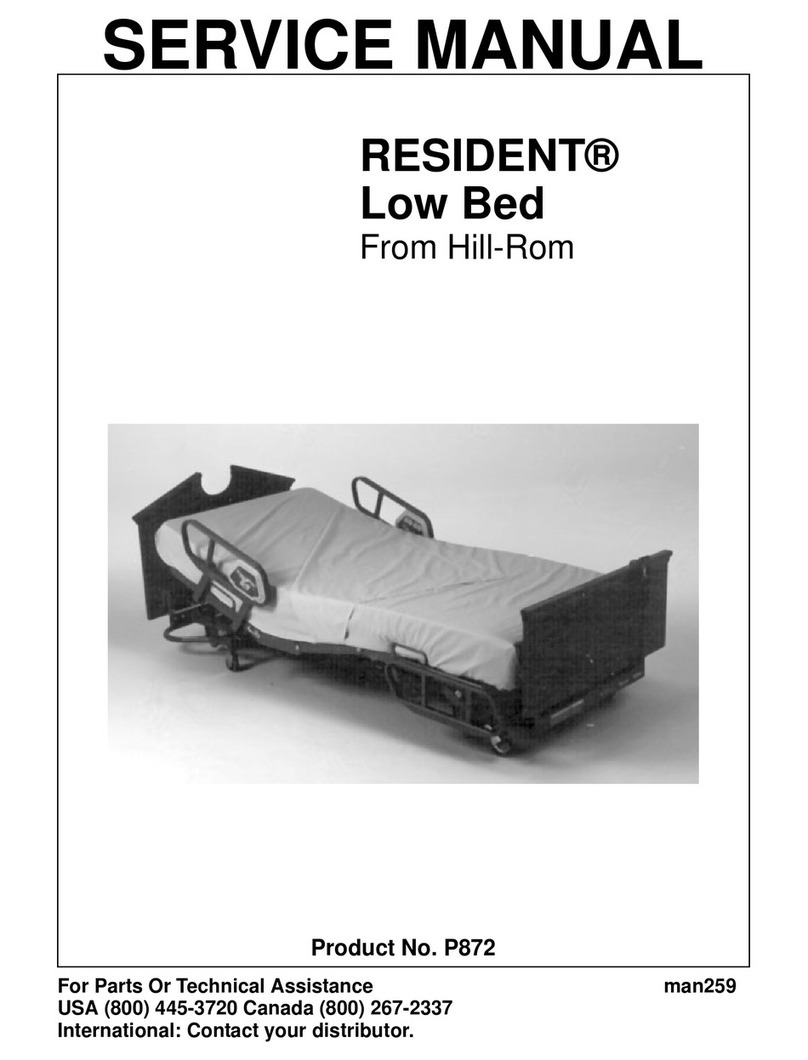Berollka Campus Physio Relax User manual

Stand 0
3
/201
4
Campus
Physio Relax
various adjustabilities

2
Dear Customer,
at this point, we would like to thank you to have confidence in our products.It´s a pleasure for
us to sell you a high-quality standing-system from Berollka-aktiv.
The standing-system CAMPUS PHYSIO RELAX is characterized by itsquality, safety,
simplified handling and modern design.
We kindly ask you to observe the security advice as well as the instructions
attentively before using the standing-system for the first time.
We subject to technical changes and improvements of the standing-systems.
Please note that the equipment of your standing-system could differ in some allusions and
demonstrations.
EC Declaration of Conformity
We, Berollka-aktivRollstuhltechnik GmbH Jahnstraße 16 – 74889 Sinsheim, declare in sole
responsibility, to conform to the standing-systems from Berollka the fundamental request
subject to the regulations 93/42/EWG, appendix I.
Yours Berollka-aktiv Team
Status: March 2014
Technical changes andliteral mistakes are reserved.
Berollka-aktiv Rollstuhltechnik GmbH
Jahnstraße 16
74889 Sinsheim
Germany
telephone 0049-7261-7351-0
fax 0049-7261-7351-10
e-mail: info@berollka.de
website: www.berollka.de
All pictures and texts are liable to copy right and it´s disallowed to publish without our explicit
permission – whether in extracts.
Mitglied der internationalen
Fördergemeinschaft Kinder-
u. Jugend-Rehabilitation e.V.

3
Contents
Contents Site
Overview of CAMPUS PHYSIO RELAX 4
General Security Advices 5
Indication and therapeutic use 6
Handling atDelivery 7
Regulation ofthe Standing-System 8
Technical Information 9
Materials 10
Handling Instruction 11
Equipment 13
ohead pad 13
oback pad 14
oarm support pad 14
oside pad for Thorax 15
opelvis pad 16
oleg pads 16
oknee pads 17
ofootplate and heel shells 18
otable 19
otransport wheels 19
oincline adjustmentof the standing-system 20
Care and maintenance 21
Further use 23
Additional Information 24
oWarranty 24
oIdentification plate 25
This manual should help you to become acquainted with your standing-system. Furthermore,
we want to give you some helpful suggestions, how to handle the standing-system for daily
use in different situations.

4
Overview
Overview of CAMPUS PHYSIO RELAX
The standing-system CAMPUS PHYSIO RELAX is used exclusively for standing and
recumbent therapy for disabled children and young people. In doing so, it helps medicate
contractures, skoliosis and other heavy handicaps. Often, it´s successful in absorbing such
deformations and in some cases even it´s possible to correct them.
The below-mentioned illustration presents the indication of the most important elements at
the standing-system, as well as the definitions, which you will find by reading the manual.

5
General Security Advices
General Security Advices
Because you have to read and consider the manual and general security advices before the
first use, we summarized the most important points.
These security advices have to be considered by patients as well as by the
companions!
Never leave the patient unattended!!
The companions had to be introduced to safety handling before putting the standing-
system into using.
All screws and pinches must be controlled before each use. Please pay special
attention to pinch levers along central pillars.
Maximum payload:Campus PHYSIO RELAX (6991 max. 50kg / 6992 max. 70kg / 6993 max. 90kg)
According to sickness and patient´s weight, up to 2 assistants may be necessary to put
the patient accurate into the standing-system.
Adjustments of the standing-system should be made according to the sickness. Some
patients may require a bent position as long as they cannot bear fully upright standing. All
castorwheelshavetobeblocked.
According to disease pattern and therapy, the defined duration with the standing-system
should not be passed.
Adjustments on the standing-system should always be adapted to disease pattern.
In case of defect, the standing-system must remain out of service and has to be repaired
by an expert.
Disassembling and remounting must be done by skilled experts, and at least two of them.
Using the standing-systems must be restricted to solid, even and horizontal ground.
Do not use it outdoors.
Changing at our construction elements is prohibited and results automatically in loss of
warrant!

6
Indication und therapeutic use
Indication und therapeutic use
The standing-system allows people with different physical and/or psychical limitations the
daily necessary upright standing safe, without getting tired.
Everyday standing stabilizes blood circulation, prevents bone decalcification (osteoporosis),
corrects contractures of hip and knee joints, incites functions of intestines and bladder, lungs
and kidneys. The targeted advancement of head control is optimized by extensive
adjustments on all levels.
Because of its manifold adjustments, the CAMPUS PHYSIO RELAX can be used as a
standing-system as well as a stander for dorsal position. The Producer does not take any
liability for all other adjustments and the associated damages of any kind.
Your specialist dealer can give you further information, who also shows you the possibilities
of variation and adjustments.
Please note: Based on current information, no contraindications occurred.
Indications
paraplegia
multiple sclerosis
spina bifida
muscular dystrophy
infantil cerebral paresis
EC Declaration of Conformity
We, Berollka-aktiv Rollstuhltechnik GmbH Jahnstraße 16 – 74889
Sinsheim, declare in sole responsibility, to conform to the standing-systems
from Berollka the fundamental request subject to the regulations
93/42/EWG

7
Handling at Delivery
Handling at Delivery
Your standing-system is delivered in a cardboard box. Lose items are separately packed,
with a view to avoiding transport damage.
Take your expert´s help to learn safe using for yourself and your nurse.
Assembling:
Please note: At least two people are required for assembling, so as to avoid injuries.
After unpacking, put the standing desk onto an even and solid ground and please block the
transport wheels.
front side ofthe standing-system back side of the standing-system

8
Regulation of the standing-system
Regulation of the standing-system
The standing-system must be adapted to the requirements and measures of the patient,
before putting him into it.
It´s only possible to do the basic adjustments with the measures of the patient without the
patient inside the standing-system.
Following, the adjustments must be repeated as soon as the patient is standing in the
standing-system and, if necessary, it has to be corrected.
For the particular adjustments, you have to adjust the pads with the help of the clamp levers
or the provided tools. An incline adjustment is possible during the practice. Please be
careful, that all adjustments are locked by putting the screw and the screw nut on.
Please note:The adjustment of the footplate isn´t allowed while the patient is in vertical
position!!!
Following measurements are needed:
Measure A:
Total height = measure between upper edge head pad and footplate.
This measure is equivalent with the body measurements.
Measure B:
Chest height= measure from chest to footplate.
Measure C:
Inside leg = measure between seating area and footplate.

9
Technical Information
Technical Information

10
Handling Instruction
Materials of the standing system
In the following table you will find a list of the materials used in their standing device.
Components Material Surface
Frame part Piece 37k Powder coated
Attachment
part Piece 37k Powder coated
Connectors
and screws Piece 37K
1.4302 Powder coated/
chromed
Clamp lever Synthetics PA6
Table plate Multiplex plate beech tree Clear coated DIN EN 10993-1
Feet plate Multiplex plate beech tree Clear coated DIN EN 10993-1
Upholstery VB 100 30mm thick
Cushion Skai PVC
Transport
wheels Synthetics PA6

11
Handling Instruction
Handling Instruction
Please pay attention as to keep your standing-system an even and solid ground. If the base
frame has got transport wheels, they must be locked.
Attention:
Please control the all screws, bolts and pinches and, if necessary tighten them.
The standing-system should be adjusted for the particular patient like on page 8 („Regulation
of the standing-system“).
Entering
Please consider that the standing-system has to be preset for the requirements and
measures of the patient.
Before entering, the pelvis frame must be opened, the knee pad must be deviate or must be
put away and the table plate also must be put away.
Entering is only allowed by the help of 2 people and in a vertical, inclined position or in a
horizontal position of the standing-system.
The patient should lie with the backside at the pelvis pad or should stand with the backside
at the height of the pelvis pads and lie with the back at the back pad.
Following, the feet should stand in the heel shells. After this, the knees should be positioned
in the knee pads.Optionally, you can fix the feet in the heel shells.
Please note According to disease pattern, the knee pads must be adjusted to the knee.
After this, close the chest belt and/or position the side pads.
The patient takes the standing or dorsal position. Now, the position of the pelvis pads and of
the knee pads must be controlled and re-adjusted. If you use side pads, they should be
controlled as well.
According to sickness and therapy, the time tobe passed within the standing-system should
be respected. Remaining to long may cause circulation problems and aching legs or back, or
even spastic attacks.
Furthermore, there are great differences between patients. Some of them cannot be brought
into a perfect upright position and may need a bended standing in the beginning!
For that purpose, the pads of the bend contracturemust be adjusted.

12
Handling Instruction
Leaving
Also leaving depends on an even and solid ground of the standing-system. If it has got
transport wheels, they must belocked.
First, the side pads should be removed or swing away and in case of using a table it should
be removed, too.
After that, you can open the foot straps. Be careful with the patient, he should be supported
by another person.
Open the chest bend and the knee pads, so that you can lift the patient out of the standing-
system.
If a patient has no or a little body control, the companions must help to enter and to leave.

13
Equipment
Equipment
The standing-system is built by a modular construction system so that several equipment
can be added subsequent.
In the following, you will find a selection of our variations and equipments, which can be
lighten the use of your standing-system.
Head pad
The head pad is the topmost pad and is mounted at the back
pad. It is contained in the normal equipment.
You can regulate and delay the head pad by resolving the clamp
lever at the upper mount of the back pad.
Optional, the head pad formed isavailable instead of the
standard head pad. This head pad is also mounted at the upper
mount of the back pad and it´s clamped by a clamping bridge.
The head pad formed is also angle adjustable and depth-
adjustable. It´s plugged in the middle ofthe back mount and
clamped directly with the clamp lever.

14
Equipment
Back pad
The back pad is fixed with the deepest mount and with the
upper mount at the central pillars. It can be moved axial.
By solving the grub screw in the guide pipe of the mounts, the
back pad can be moved and adjusted.
Arm support pad
The arm support pads are fixed at the right and left side of the
back pad. They can be extracted and dropped off by opening
the clamp lever.
The arm support pad can be moved and adjusted in width by
solving the clamp levers at the upper mount of the back pad.
Please consider that the mount of the arm support pad is
enough conducted at the inside.

15
Equipment
Side pads for Thorax
The side pads are at the right and at the left side ofthe back pad.
In each case, they are forward fixed at the central pillar pipe.
The side pads conduce to sidewise support of the body. They
should be set in by patients who have got less control of their
body for a sidewise support.
For this, the side pads are independent adjustable in height and
width. Thereby, an ideal asymmetric adjustment can be
reached.
There are 3 different variations:
Side pad fixed
Fixed mount and independent adjustable in height and width.
Side pad swing away
Mount, which can swing away till the arm pads.
Independent adjustable in height and width.
Side pads pluggable
Mount with pluggable system to drop off the side pads.
Independent adjustable in height and width.

16
Equipment
Pelvis pads
The pelvis pad is depth-adjustable, height adjustable and angle
adjustablefixed at the central pillars.
It is independent adjustable by opening the clamp levers.
It´s possible to fix pelvis side pads at the pelvis pad. The pelvis
side pads are adjustable in width and therefore they can be fit at
the backside width.
As pelvis side pads, there are 2 variations:
Pelvis side pads fixed screwed
The pelvis side pads are screwed at the pelvis pad and are
adjustable in width.
Pelvis side pads pluggable
The pelvis side pads are fixed at the pelvis pad with a pluggable
system to remove. They are also adjustable in width.
Pelvis retraction strap
The pelvis retraction strap is an alternative to the pelvis side pads. It is sidewise fixed at the
pelvis pad and is individual adjustable.
The pelvis retraction strap is removable by rack rails and is individual adjustable in width
and depth.It fixes the pelvis lengthwise.
Leg pads:
single or divided foot leg pads can be used as leg pads.
The single leg pads are straight and rigid and are individual
adjustable in height.
In contrast to the single leg pads, the divided leg pads are
depth-adjustable, height adjustable and angle adjustable fixed
at the central pillars.
They are individual adjustable by opening the clamp levers.

17
Equipment
Knee pads
As knee pads, there are 2 variations possible:
The standard knee pads are out of foam plastic, drawed with
fabric Skai and available in 4 different sizes.
The SHARK knee pads are anatomic applicable and may
support and position the knees ideal.There are also 4 sizes
available.
The attachment for the knee pads is depth-adjustable, height adjustable and angle
adjustable fixed at the central pillars.
They are individual adjustable by opening the clamp levers and
clamping at the central pillar.
Because of the Four-wire connector in front of the attachment
the knee pad is individual adjustable to the positioning of the
legs.
It is angle adjustable, revolvable and movable mounted.
The SHARK knee pads are anatomic ideal adjustable because
of the constructive creation.
The knee pad is ideal adjustable by opening the angle of the
knee pad.
It is also depth-adjustable, height adjustable and angle
adjustable.
Because of the Four-wire connector in front of the attachment
the SHARK knee pad is individual adjustable to the positioning
of the legs.
It is angle adjustable, revolvable and movable mounted.

18
Equipment
Footplate and heel shells
The footplate is constant at the standard equipment and is height adjustable. The heel
shells can be fixed in different positions at the footrest.
In addition, the feet can be fixed in the heel shells with foot straps.
Instead of the constant footrest, there are also divided
footrests available. If the patient has got different leg lengths,
the divided footrests can be set independently of each other.
Please note: The adjustment of the footplate should not be
undertaken with the patient in the standing-system!
Additional, the footrest is ,with the option gear segment, angle adjustable.
The footplate is angle adjustable with a ball joint below the
footrest.
Therefore, you have to lift the clamp lever below the case.
After that, you have to adjust the foot angle and then you
have to close the clamp lever.
In addition, the footplate is individual adjustable in depth and
width.

19
Equipment
Table plate
The table plate is out of wood and has got an outline around the
table (in the ideal case). The mount for the intake of the table
plate is sidewise fixed at the back pad.
The mount is angle adjustable (with clamp lever and gear
segment) and consequently it is adjustable in everyindination of
the standing-system.
Transport wheels
For the mobile use at home the base frame has got wheels with
75 mm diameter and every 4 wheels have got brakes.
During the therapy, the wheels always have to be fixed!

20
Equipment
Incline adjustment of the standing-system
The standing-system is adjustable from the vertical position 90°
to the horizontal position 0°(and reverse) with a gas spring.
Therefore, you have to pull out the lock bolt next to the pedal and
by twisting in 90° it will stay in that position. After that, the pedal is
unlocked and can be used by foot. The gas spring can run-in or
run-out.
After the adjustment, you can deploy the lock bolt by twisting it.
The pedal is locked for an unwanted use.
Please note:
The use of the pedal and therefore the incline adjustment of the standing-system should be
undertaken with caution so that the adjustment is not abrupt, the patient gets frightened and
clenches. Stabilize and support the act of the incline adjustment with your hands.
Attention:
Before the patient can use the standing-system, the standing-system must be regulated with
the measure and requirement of the patient.
It is only possible to do the basic regulations without the patient inside the standing-system.
After that, the adjustments must be checked and corrected with the patient inside the
standing-system.
Please pay attention that all screws, screw nuts and clamp levers are fixed.
This manual suits for next models
3
Table of contents
Other Berollka Medical Equipment manuals
Popular Medical Equipment manuals by other brands
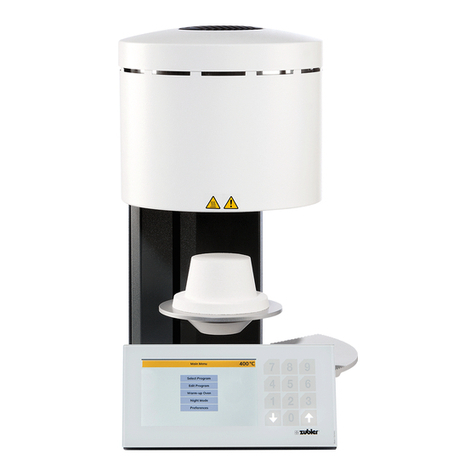
Zubler
Zubler VARIO 230 Series manual

Boston Scientific
Boston Scientific AnjioJet Ultra 5000A Operator's manual
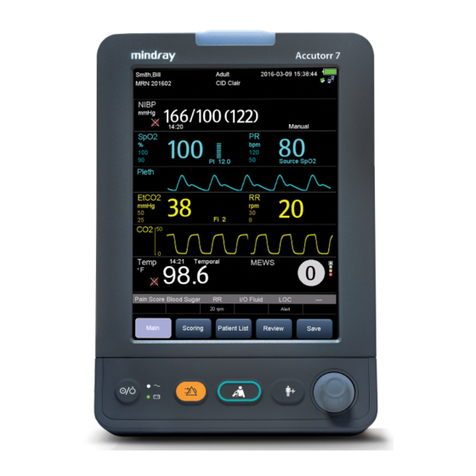
Mindray
Mindray Accutorr 7 Service manual
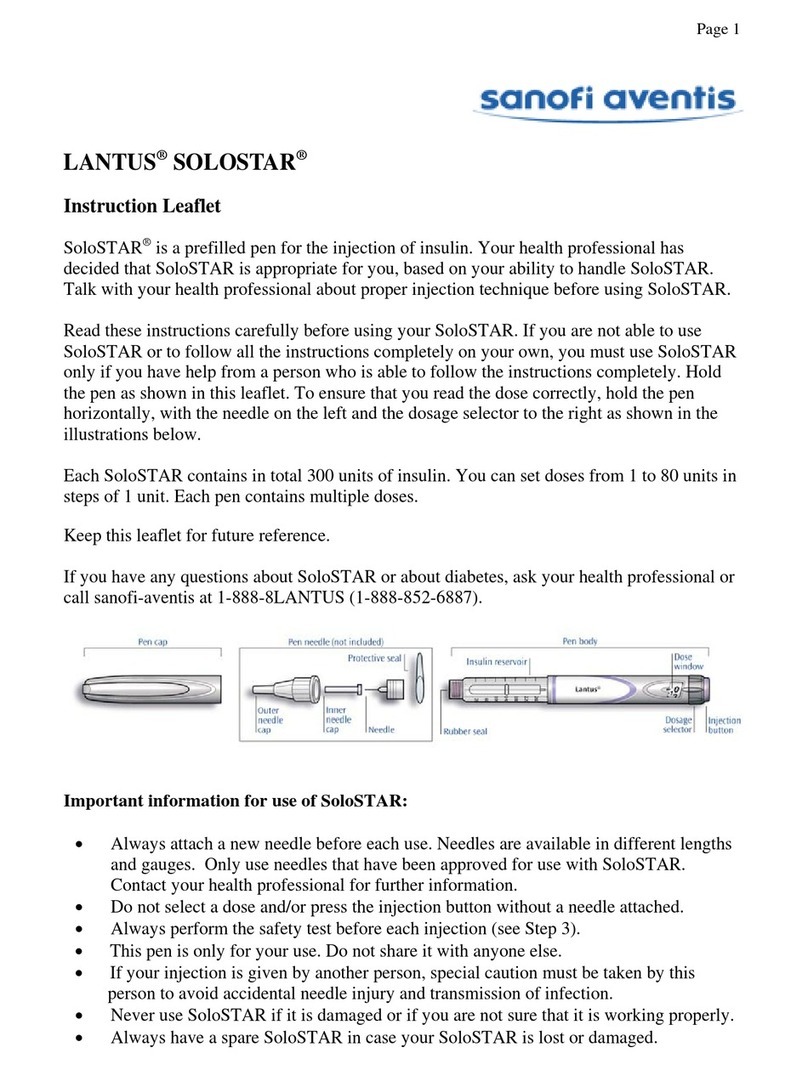
Sanofi-aventis
Sanofi-aventis Lantus SoloStar Instruction leaflet
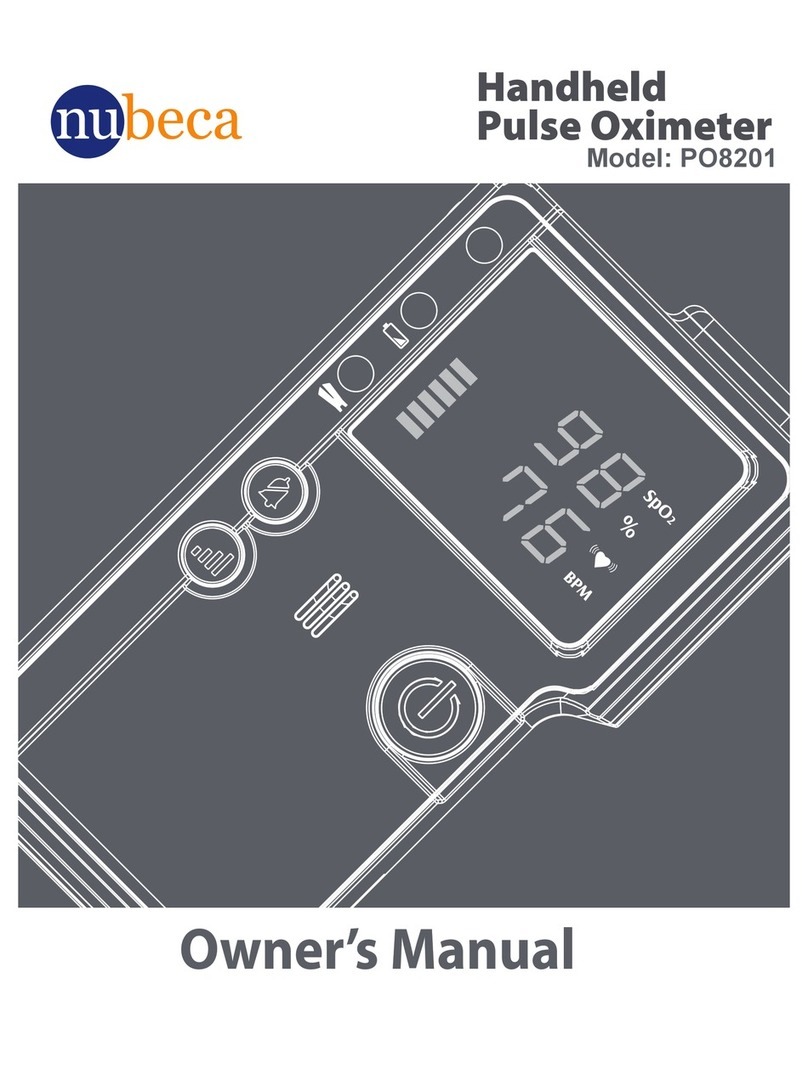
nubeca
nubeca PO8201 owner's manual
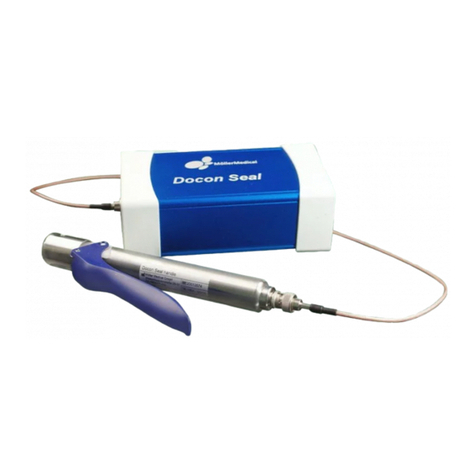
Moller Medical
Moller Medical Docon SealM Instructions for use
